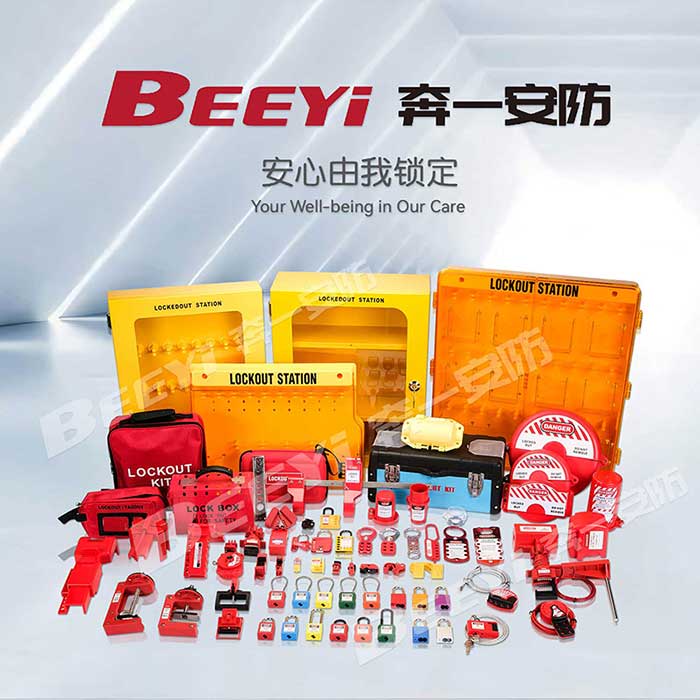pneumatic lockouts application: enhancing industrial safety and compliance
Release time:2025-11-17 15:13:34
In industrial environments where pneumatic systems play a crucial role, safety is a top priority. Pneumatic energy, though essential for powering machinery and equipment, can also pose significant risks if not properly controlled. Accidental release of compressed air or gas can lead to injuries, damage to machinery, or production delays. One of the most effective methods of safeguarding workers and equipment is through the application of pneumatic lockouts. This article explores the importance, function, and best practices of pneumatic lockouts in industrial applications.

What Are Pneumatic Lockouts?
Pneumatic lockouts are devices designed to secure pneumatic energy sources and prevent the accidental release of pressurized air or gas during maintenance or servicing activities. These lockouts are typically applied to pneumatic valves, air lines, or energy-isolating devices to ensure that no unintended flow of air occurs while workers are involved in tasks such as maintenance, repairs, or inspections. The lockouts function by physically preventing the valve or control device from operating, and they can be locked in place with a padlock to ensure that the system remains isolated until work is complete.

